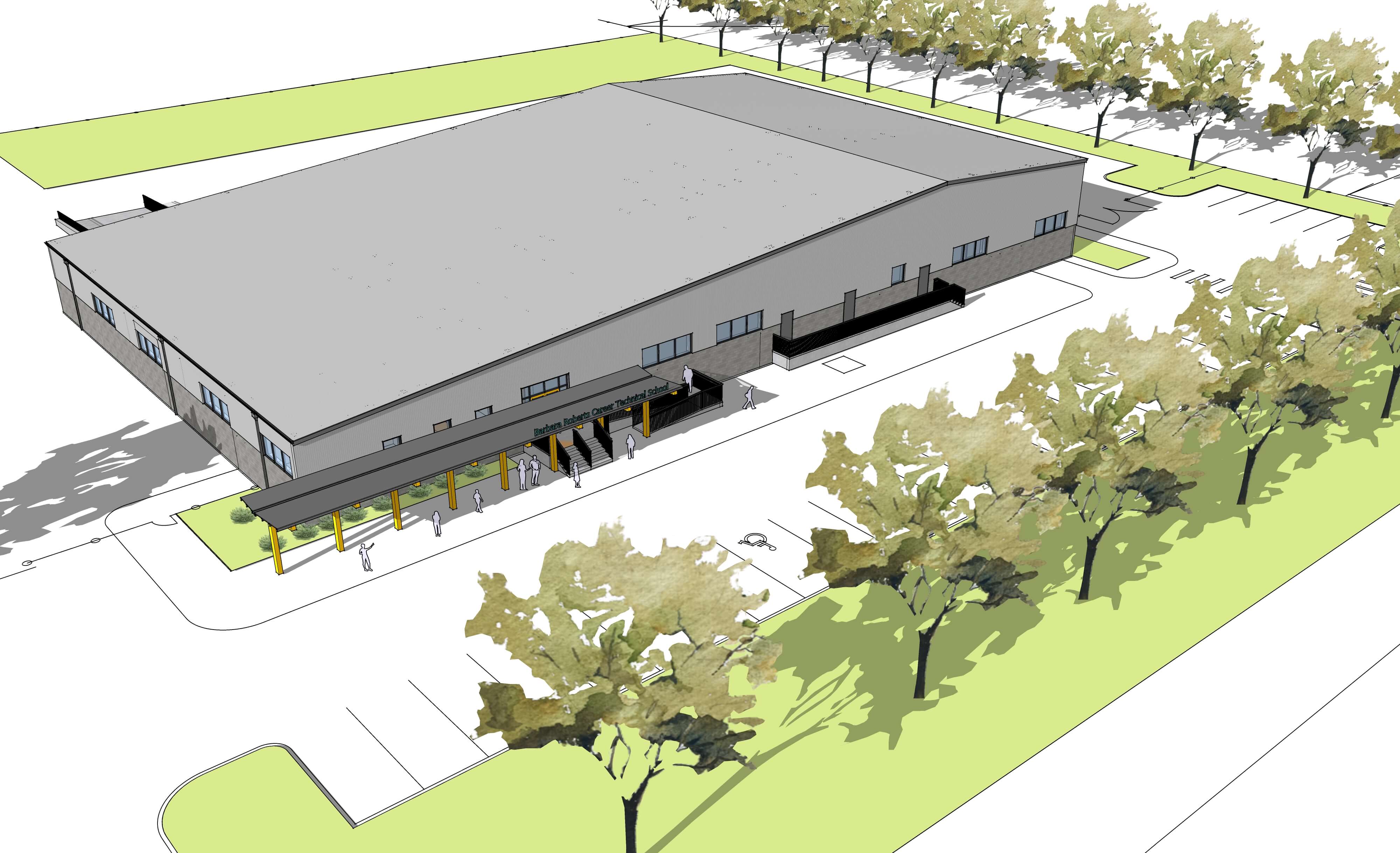Interview: Dorie Vickery of Sheridan School District
What excites you about educating in Sheridan?
We have a very mission-driven staff who work incredibly hard for our students. Plus, they know how to serve their community and build trust, which has been important going through and coming out of COVID. I started as superintendent in July of 2020, so my entire tenure has been through the pandemic. But I think it has been a bonding experience for the staff and the community as a whole.
Even outside of the school district, many exciting things are happening in Sheridan. For instance, we partnered with the City of Sheridan and were awarded an ODOT grant for building safe routes to schools. We have a very active Rotary Club. We are obviously a small community, but people are really stepping up in our revitalization efforts.

What are the unique challenges to educating in a smaller community?
Since we are a small district and have a small staff, we all have to wear a lot hats. The administrative team all have other job assignments. Personally, I manage most of our grants and federal programs; in a larger district you would have a dedicated staff person for that work.
At the same time, being a smaller district means we can take state grants and other funding and spin things up very quickly. If we have to adapt, we can turn on a dime and get everyone on the same page. With just 650 students, we tend to move quickly.
You have been working on bringing technical education to Sheridan at the Barbara Roberts CTEC facility. How did this come about?
It actually all came about very organically. One day, a member of our board came to me and said, “I think we need to buy that building.” It quickly evolved. I went out and looked at the property. From there, we got [Salem-area commercial realtor] Josh Kay involved. Soon after that, I was testifying in front of the Oregon Senate’s Ways and Means Committee and we were awarded $1.9 million to purchase the property.
After securing the property, we contracted with a consultancy who currently run the capital campaign. Our consultants, along with a team made up of SEDCOR, district staff, and community members determined which career paths to offer.
SEDCOR provided us with regional and county employment data. Our goal is to identify pathways to living-wage jobs in the area. We want the programs we offer to lead to certification and access to higher-ed programs like those offered at Chemeketa. Importantly, though, they must be jobs that are in demand from local industry.

Which programs are you looking to offer first?
In the first phase, we plan to offer programs in agricultural business and manufacturing--welding is still in high demand locally. We are also looking at truck and heavy equipment driving. Through researching this, I found that there are no high schools—zero—that offer truck driving courses. With our training and their eventual attainment of a CDL, they can quickly find good-paying jobs in delivery driving, logging, and construction.
Also, our local fire district has recently reached out about offering firefighting training courses. They are desperate for trained firefighters and there is no training facility nearby. So, we will be constructing a three-story training tower on the property. Recently, Sheridan Fire District did a big extradition training on the property. They brought in old, beat-up cars and even a school bus and ran simulations, which brought many firefighting teams to our community.
Where is the project currently?
We purchased and closed on the property a year ago in October. After that, we began advocating for Yamhill County American Rescue Plan Act funds. Last fall, we were awarded $1.4 million, which went toward our design phase. So, we nearing 75% completion of the design plans, which is very exciting.
Throughout the design phase, we visited CTE facilities and looked to take the best from Chemeketa, McMinnville, Salem-Keizer CTEC, and more.
Right now, we are pursuing construction funds.
What do you hope for students who go through the program?
CTE programs across the country have an extremely high graduation rate. It is virtually 100% because students have buy-in and are highly motivated. I hope that high school juniors and seniors have a fantastic two-year experience, which has them ready for a living wage job or higher education certification post-high school.
Much like student-athletes have signing days when they choose a school to play for, I want to have a signing day for our CTE students when they choose their employer or decide to attend a trade school to get their certification.
We want our students to have a plan and pathway leading to a living-wage job that fills an important need for industry.
